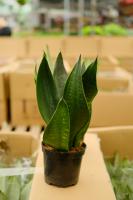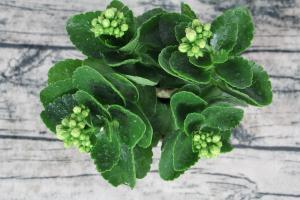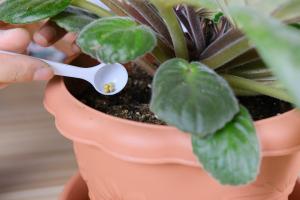How to Age a Plastic Plant Pot
Plastic plant pots are a staple of modern gardening. While they are practical, inexpensive, and easy to use, they often lack the character and charm of vintage pots. If you are looking to create a more rustic and vintage feel in your garden or home, aging your plastic plant pots can be an easy and affordable solution.
Step 1: Choose Your Aging Method
Before you can begin the process of aging your plastic plant pots, you need to decide on the method. There are several options to choose from, including painting, sanding, layering, and staining. Each method will give your plastic pots a different look and feel, so choose one that best aligns with your aesthetic preferences.
Step 2: Clean and Prepare Your Pots
Once you have chosen your aging method, it's time to prepare your pots. First, clean your pots thoroughly to remove any dirt, debris, or grime. Next, rough up the surface of the pots with sandpaper or a wire brush to create a porous surface that will better absorb the aging materials. Finally, wipe down the pots with a damp cloth to remove any dust or debris.
Step 3: Apply Your Aging Materials
With your pots cleaned and prepared, it's time to apply your aging materials. If you are painting your pots, apply a base coat of paint that closely matches your desired end result. Once the base coat is dry, apply your aging paint or glaze, focusing on areas that would naturally wear, such as the edges, corners, or high points. For sanding or layering methods, start with a base layer of colored or patterned paper, fabric, or paint, and then sand or scrape away areas to create an aged and weathered look.
Step 4: Allow Time for Drying and Curing
After applying your aging materials, it's important to allow ample time for drying and curing. Depending on the method and materials used, this can take anywhere from a few hours to several days. Follow the instructions for your specific aging method to determine how long to allow for drying and curing before planting in your new pots.
Step 5: Enjoy Your Aged Plastic Plant Pots
Once your pots are fully dry and cured, you can finally enjoy your newly aged plastic plant pots. Plant your favorite herbs, flowers, succulents, or plants in your new pots and admire the vintage and rustic feel they bring to your garden or home. You can use this same aging method on other plastic items, such as watering cans or garden ornaments, to create a cohesive and charming aesthetic.
Conclusion
Aging a plastic plant pot is a simple and affordable way to create a vintage and rustic feel in your garden or home. With a few basic supplies and the right method, you can transform your plain and practical plastic pots into charming and character-filled planters that will enhance your gardening experience and add personality to your space.

 how many times do yo...
how many times do yo... how many planted tre...
how many planted tre... how many pine trees ...
how many pine trees ... how many pecan trees...
how many pecan trees... how many plants comp...
how many plants comp... how many plants can ...
how many plants can ... how many plants and ...
how many plants and ... how many pepper plan...
how many pepper plan...
































